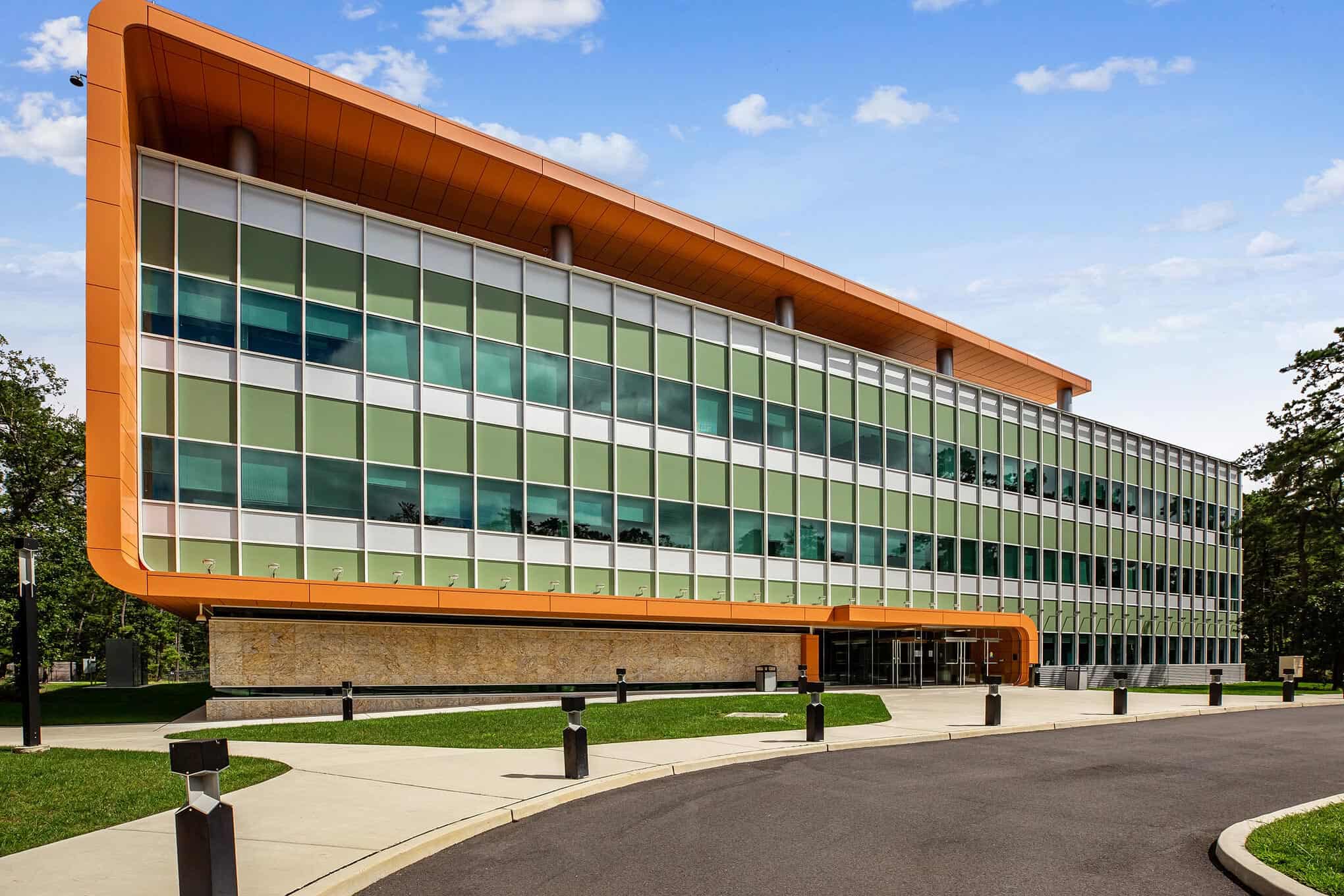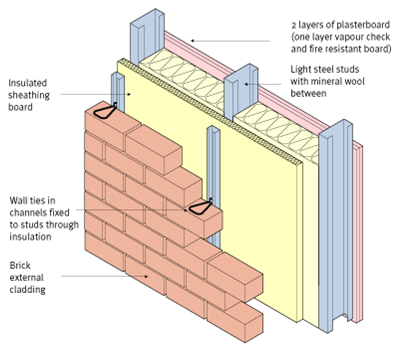How Steel Infill Panels can Save You Time, Stress, and Money.
Table of ContentsWhat Does Steel Infill Panels Do?The Buzz on Steel Infill PanelsThe smart Trick of Steel Infill Panels That Nobody is DiscussingThe Ultimate Guide To Steel Infill Panels
Infill wall surfaces are usually set up on site as specific aspects that are pre-cut to length however they can be pre-fabricated as big panels with the cladding already attached. The very same elements may be used for internal dividing walls, yet right here the major concerns are fire resistance as well as acoustic insulation rather than resistance to.loading. A small internal stress is used in the design of interior dividing walls. @&&h2@ [leading]
Sorts of
Not known Details About Steel Infill Panels


Light steel mounted infill walls @&&/h3@ In multi-storey framed building and construction, it is currently typical technique to make use of light steel infill wall surfaces to produce a rapid dry envelope to sustain the outside cladding. The same form of building and construction might be utilized as separating or area walls in between various parts of the building. The usage of light steel infill wall surfaces may be used to steel or concrete framed construction. Lightweight, rate and convenience of installment are essential constructional benefits that have actually resulted in the fast boost in use of this type of building and construction.
The light steel parts made use of in infill wall surfaces consists of C areas and U sections of.
The Facts About Steel Infill Panels Uncovered
75 to 150 mm depth that are cold roll-formed from galvanized steel strip of 1. steel infill panels. 2 mm thickness defined to BS EN 10346. The galvanizing( zinc layer) supplies superb toughness. The C areas are placed at 400 or 600mm spacing as well as sets of C sections may be utilized following to big openings. Wall panels can be pre-fabricated as storey-high systems or, regularly, are site put together from C sections that are provided cut-to-length. The 2nd strategy is frequently the only remedy in remodelling applications where tolerances in the initial construction have to be fit. Website constructed light steel walls in a steel framed building Pre-fabricated light steel infill wall surface panels in a steel mounted structure Infill wall surfaces contain a bottom' track' connected to the flooring and also a top' track' affixed to the underside of the floor above. This motion is important in concrete frameworks, where 2 to 3 mm shortening of the concrete structure per floor can happen gradually along with regular architectural activities. The resource upright C areas are made to extend 2. 4 to 5m between floors, and to resist wind loads or various other lots in flexing. The straight C areas above and listed below the home windows transfer loads back to the upright C sections. One or 2 layers of' fire-resistant' plasterboard( conforming to BS EN 520, Type F) to the inner face provide for approximately 90 mins fire resistance to the light steel infill wall. @&&h3@ [top] Light steel separating wall surfaces @&&/h3@ Pre-fabricated light steel wall surface panels Light steel dividing wall surfaces utilize similar components to.
light steel infill walls and are made use of to give acoustic splitting up and also fire compartmentation between occupancies or distinct components of the structure. For both of these functions, double layers wall surfaces are usually defined in order to achieve the required acoustic depletion between occupancies. The architectural loading for interior walls is relatively reduced and also is usually considered to represent an interior pressure of 0. 5 k, N/m . The C areas are normally much thinner this website than in external walls( normally 0. steel infill panels. 9mm thick )and also get some benefit of the rigidity of the plasterboard chosen the exterior. Dividers are not required to have.
acoustic or fire features as well as so are solitary leaf wall surfaces making up C sections of 55 to.
9 Simple Techniques For Steel Infill Panels
90mm depth, relying on the wall surface height, with solitary layers of plasterboard on each side. @&&h3@ [top] Masonry infill walls @ & &/ h3 @. Wall surfaces constructed from clay bricks or cinder block are the standard form of infill wall surface construction. However, making use of block-work infill wall surfaces has actually decreased in recent years due to the fact that it is a messy and time consuming website procedure, and also requires a large quantity of products handling. From a design point of sight, reinforcing messages are called for following to large window openings, as the masonry is not sufficiently strong to resist the high neighborhood wind loads next to these openings. @&&h3@ [top] Concrete infill walls @&&/h3@ Pre-cast concrete infill wall panels Concrete infill wall surfaces are usually in the form of huge precast concrete panels that are storey high and usually of a size determined by the column spacing. These big panels might be leading put up or lower sustained. They commonly bear onto the floor slab

making use of a boot arrangement, as well as are bolted back to the framework on the level over or listed below. Indispensable panels may be dressed in other products( typically concrete panels are clad in stone). Panel weights of around 300kg/m are regular, with panel sizes of in between 3 and 9m and also elevation of 3. 2m. The maximum size of panel is limited by transportation considerations and also crane training capability( both on website and also at the concrete jobs). 15 to 20 tonnes are typical optimum weights of precast concrete panels. @&&h3@ [leading]. Timber framed infill walls @&&/h3@ Timber infill walls use common lumber sections his response of 90.
as well as 140mm depth to span 2. 4 to 3. 6m between floors and are comparable in form to light steel infill walls. Hardwood areas are reduced to size and also are positioned at 400 mm or 600 mm spacing. The disadvantage of timber in comparison to steel is that it is not as solid and also it is not feasible to use it in tall walls or in wall surfaces with huge openings. @&&h2@ [leading] Benefits of light steel infill and separating wall surfaces @&&/h2@